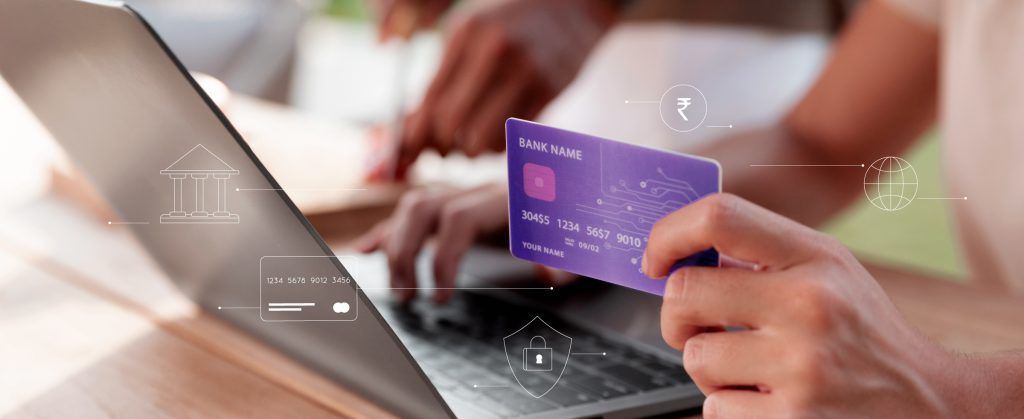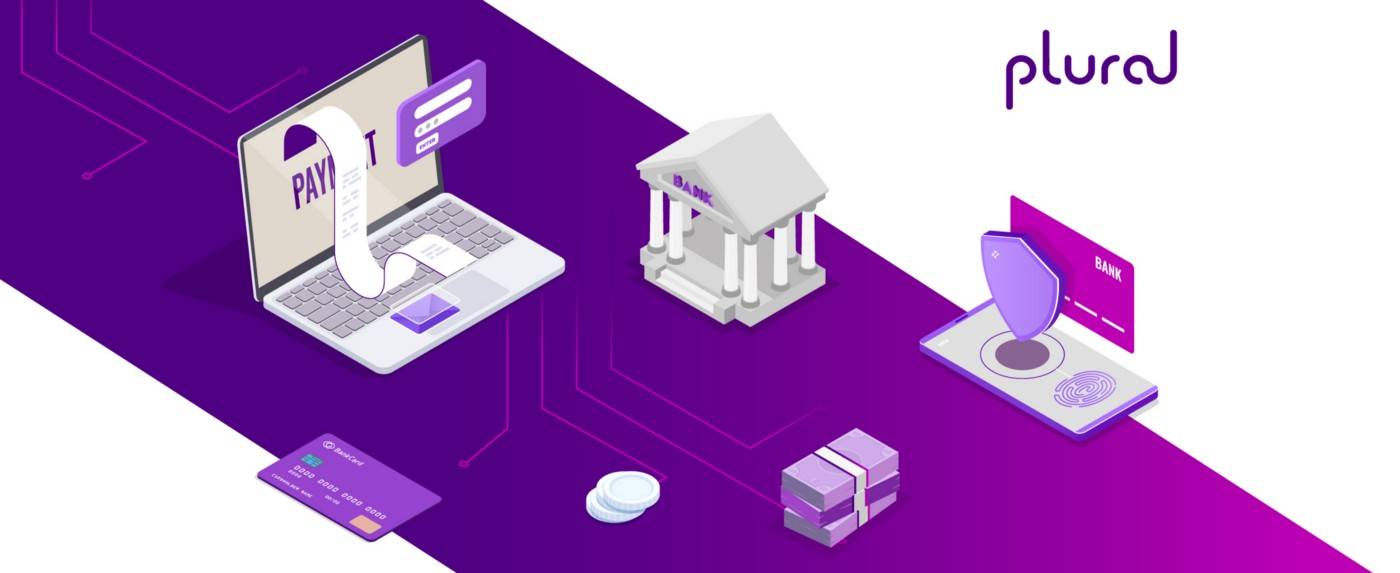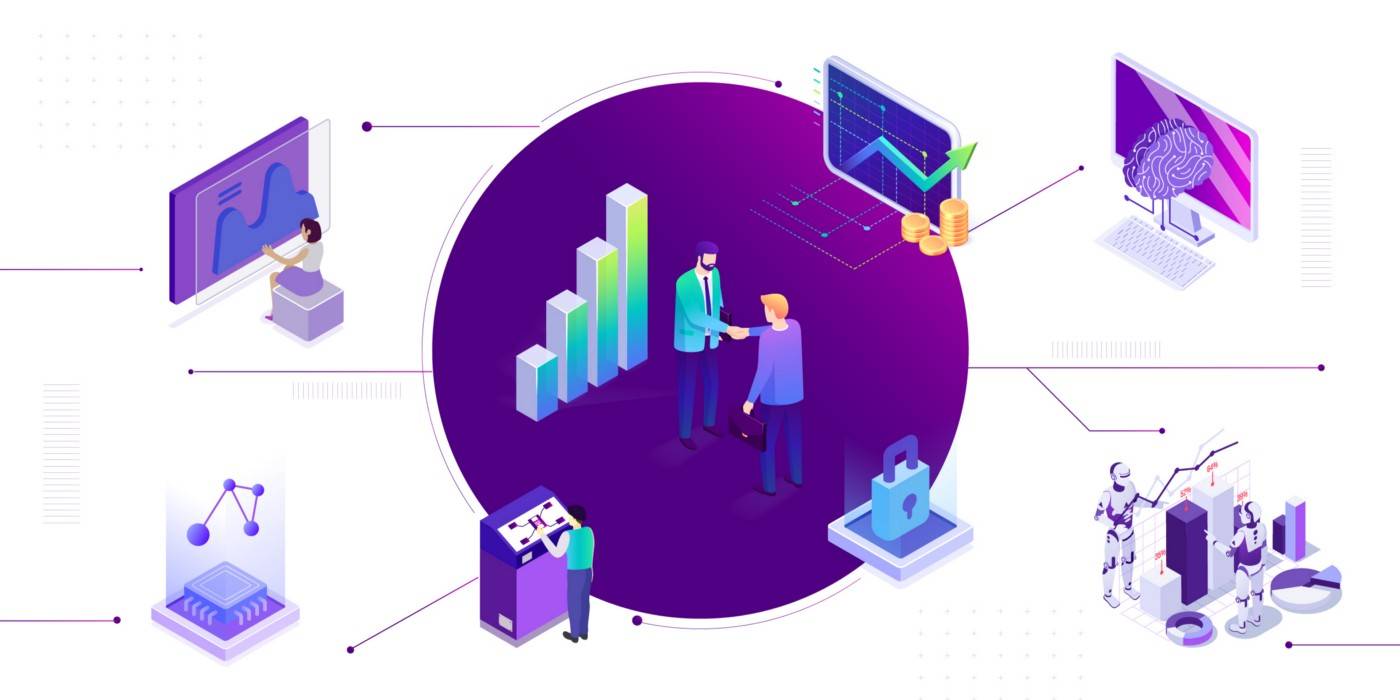The rise of digital payments in India has led to the demand for secure transactions. While QR codes, wearable devices, and other contactless payments have brought ease in making financial transactions, security is still a concern with these modes of payment for many customers. What is the alternative? Why not use an individual’s unique personal identifiers for payments? Enter biometric authentication. Ever since the launch of the Aadhar-enabled Payment System (AePS) in India, there has been a steady uptake in the number of biometric payments.
According to Saurabh Garg, the chief executive of UIDAI, 40 crore last-mile banking transactions take place through AePS per month. This success has enabled many banks and fintech companies to bring biometric authentication solutions for various payments.
Payment security is the primary reason for adopting biometric authentication. Therefore, if you are a business owner, include this type of authentication in your payments mix to increase customer satisfaction through ease of payments and enhanced security.
What is biometric authentication technology?
Biometric authentication technology is a security measure to recognise a person using biological features like fingerprint, iris, voice, etc. In such cases, the scanned biological information is verified against the biometric data stored in the database.
Aadhar is one of the most popular examples of biometric technology. It uses biometrics like fingerprints and iris to distribute public services to the people. Likewise, banks have been using biometric authentication to know their customers (eKYC) and for payment solutions.
The fintech sector has been the most prominent industry to use biometrics for payments. Furthermore, mobile payments are made with digital wallets that store your credit or debit card details and even cryptocurrencies. Usually, these are protected by passwords or pins that are often forgotten. With the combination of passwords and biometrics, two-factor authentication is enabled, ensuring access maintenance and ease of making payments.
Biometric authentication has also found a use case in contactless payments where a face recognition system, placed at the storefront, scans the customer’s face and completes the payment. This type of authentication can also be used in retail systems like self-service kiosks and vending machines to ensure payment security and ease of purchasing
Globally, biometric payment is expected to grow to ~INR 4.2 lakh crore by 2028 from ~INR 2.4 lakh crore in 2021. Check out our whitepaper on online payment trends and the growth predictions till 2026. There are many other applications where biometric authentication can ensure payment security.
Types of biometric authentication
Advancements in biometric technology have enabled security experts to capture various biometrics of an individual and use them for authentication. Here are some types of biometric authentication systems.
Fingerprint pattern recognition
It is the most common and widely used biometric authentication. In the U.S. alone, the fingerprint identification systems market is estimated to be $9 billion in 2022.
Likewise, in countries like India and Saudi Arabia, 90% of consumers are ready to use fingerprint authentication. In this system, an image of the line pattern on the surface of the finger is captured and stored for authentication.
Facial recognition as biometric authentication
In this biometric authentication system, various shapes and positions of parts on the face and surface features of the skin are analysed. Usually, the authentication is carried on the face from the hairline down.
Iris scanners
Each individual has irises with unique characteristics. An iris scanner captures the characteristics of an iris, converts them into a code, and stores it in the database for future authentication.
Voice identification
The system creates a voice profile of an individual and uses the stored data to distinguish various individuals.
Finger vein pattern recognition
This system captures the image of starting and end points of veins within a finger and converts the image into an encrypted code.
Palm vein pattern recognition
Similar to the finger vein pattern system, a palm vein pattern system scans for the unique vein pattern of an individual for authentication.
How does biometric authentication enhance payment security?
Biometric authentication offers a complete payment security solution. If you don’t know already, know how it happens here.
- The use of sophisticated tech
A biometric authentication system is a combination of software and hardware. The software involves advanced algorithms that identify user data.
The hardware contains sophisticated scanners and cameras that capture biometric data and send it to algorithms for verification. The advancements in biometric technology over the past decade have made the system fool-proof and highly secure.
- Enhanced security through encryption
Biometric authentication payment systems work on secure servers. The data is encrypted on these servers and remains private.
- Biometrics are spoof-proof
Firstly, your biometrics are unique to yourself. They do not change over time. This means, by default, there is no other person with the same biometrics. Secondly, biometrics scanners are hard to replicate, making them spoof-proof.
Benefits of using biometric authentication
Listed below are the advantages of using biometrics:
Convenience
Biometric authentication payments are effortless. You need not carry cash, cards, or any other device. Only you need to be present in front of an authenticator. Biometric authentication’s frictionless payment will provide customers with a smoother experience than traditional methods.
Provides multi-factor security
With biometrics, you can create multi-factor authentication. A combination of fingerprint, voice, and facial recognition gives extra security later for your payments.
Onboarding customers is made easy
A quick onboarding process can attract customers to your loyalty or reward programs. Biometric authentication provides a seamless process for fast onboarding.
Ways biometrics can be hacked
Replay attack
In a replay attack, a hacker who could record a user’s successful login session may try to perform authentication using the captured data.
Credentials theft
Some systems are vulnerable to attack from stolen credentials, especially fingerprint-based systems. Yet, you need not worry about safety, as most other biometric authentication systems are highly secure.
Fake credentials
It is possible that some systems can be tricked using fake credentials by hackers. For example, a fraudster can fool a voice identification system by accurately imitating a user’s voice.
Conclusion
With the use of technology for everyday financial transactions growing, consumers are worried about payment security. For such reasons, biometric authentication is the perfect solution to alleviate consumers’ concerns.
It is highly secure, efficient, and easy to use. The payment solution is soon expected to become the norm, and businesses should be ready with biometric payments systems to get ahead and attract customers.

Amrita Konaiagari is a Marketing Manager at Plural by Pine Labs and Editor of the Plural blog. She has over 10 years of marketing experience across Media & Tech industries and holds a Master’s degree in Communication and Journalism. She has a passion for home décor and is most definitely a dog person.



